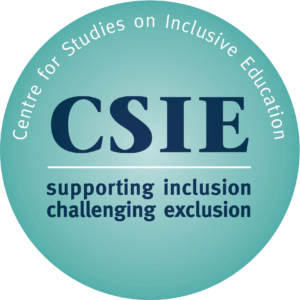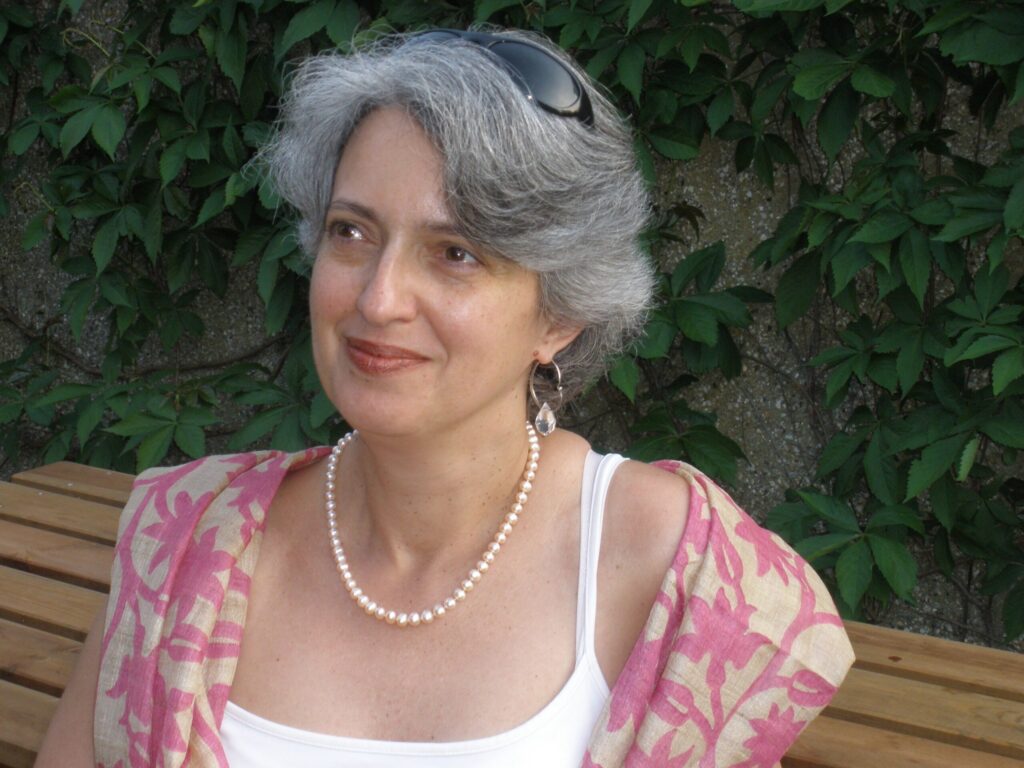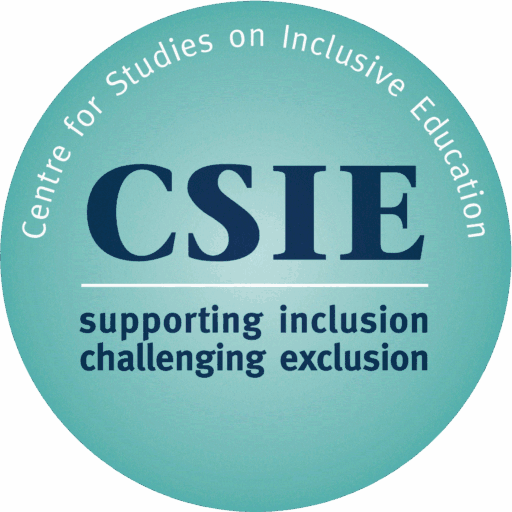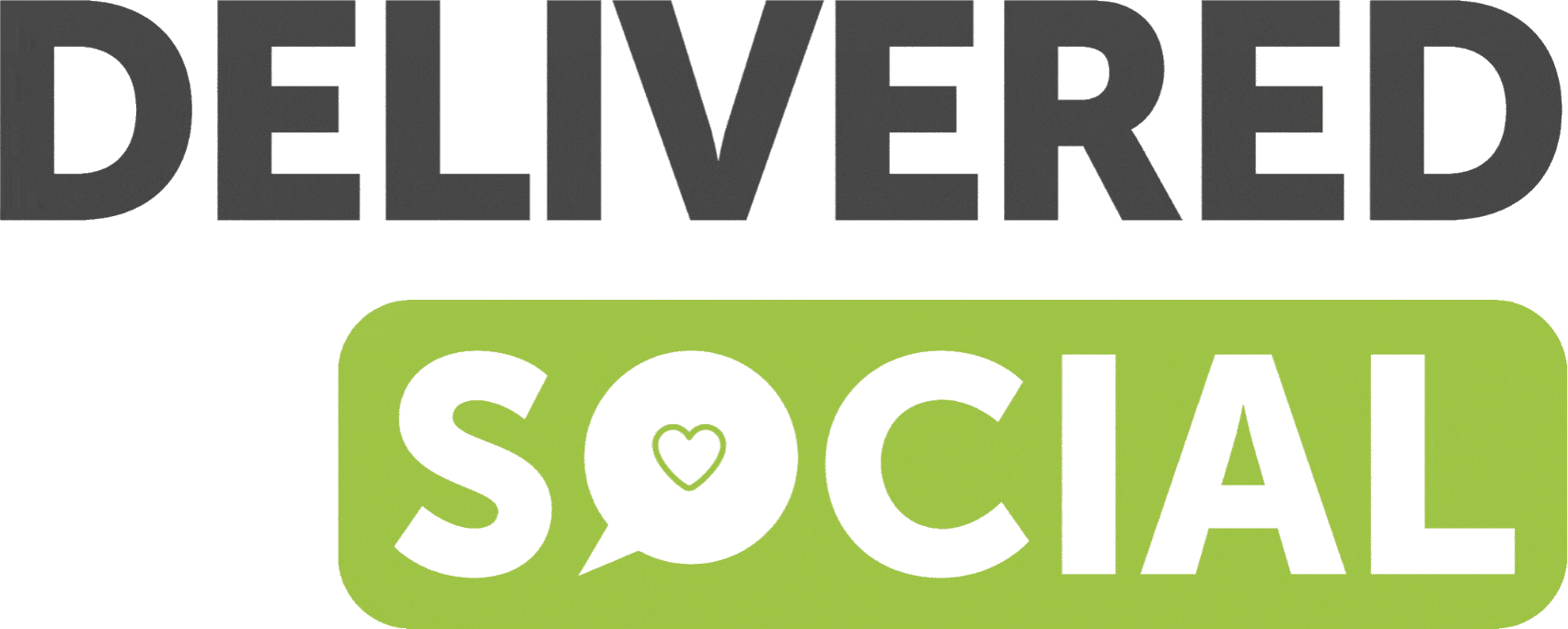July 14, 2014
I met Einstein this morning. You never know who you might meet when you go out for a jog! Today I was, once again, running in the beautiful woodland of the Blaise Estate, alone among other joggers, dog-walkers and young mothers (mostly) with babies in push-chairs. Fragments of thoughts about what was going on around me weaved themselves in with fragments of thoughts about this project.
After an initial surprise (who calls their dog Einstein?!) my mind was off wondering how history may have remembered Albert Einstein if theories about “the autistic spectrum” had been developed before his lifetime, rather than during and after it. How might an early diagnosis of autism have affected his life, what sort of education might he have had, what type of school might he have been sent to and what career might that have led to?
This made me remember meeting a self-declared “autism specialist”, who told the story of how, as a three-year-old, he had displayed many behaviours currently associated with autism. He told us how, in the early 1960s, his mother had taken him to a doctor who had concluded that “there was nothing wrong with him”, yet if, today, he had to assess a child with similar behaviours he would almost certainly label the child autistic. I remember thinking if he ever wondered how a diagnosis of autism might have affected his future, or how his diagnosis may affect the lives of the children he assesses. Looking back, I wish I had asked him.
From there I went on to think about people’s understanding of “normality”. A few years ago I published an article about autism, suggesting that we need to expand our understanding of what is “normal”. The article said that my understanding of normality is not shaped by assumptions of what is shared by most people; instead, it is shaped by a sense of what is a natural expression of our shared humanity.
Thoughts about what it is to be human led me right back to the resource pack CSIE is working on. In both the launch meetings we had discussed the possibility that, by referring to specific equality strands, we might inadvertently encourage users to mentally place people in arbitrary categories, according to just one aspect of their identity. We were trying to find a way to avoid such pigeon-holing, and for the resource to stress that we all have multiple identities. So here, jogging through the Blaise Estate, following the thoughts that a chance encounter with Einstein prompted, the idea came to me. At the point at which all equality strands are presented, the resource can say something like: “Every pupil in every class will be somewhere on the continuum of each of these equality strands. We all have multiple identities.” Then, the information on each equality strand can say something like, for example: “Whatever a pupil’s gender identity might be, they will still have a sexual orientation, an ethnic background, a religion or belief (or no belief) and may be (or one day become) disabled. We all have multiple identities.”
Your email will not be displayed on comments



